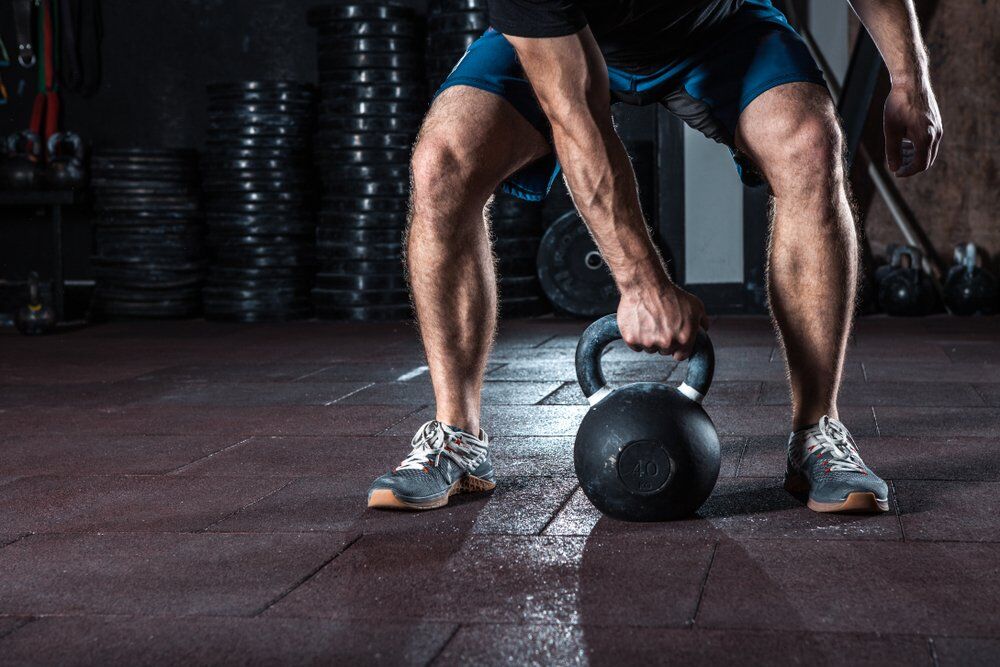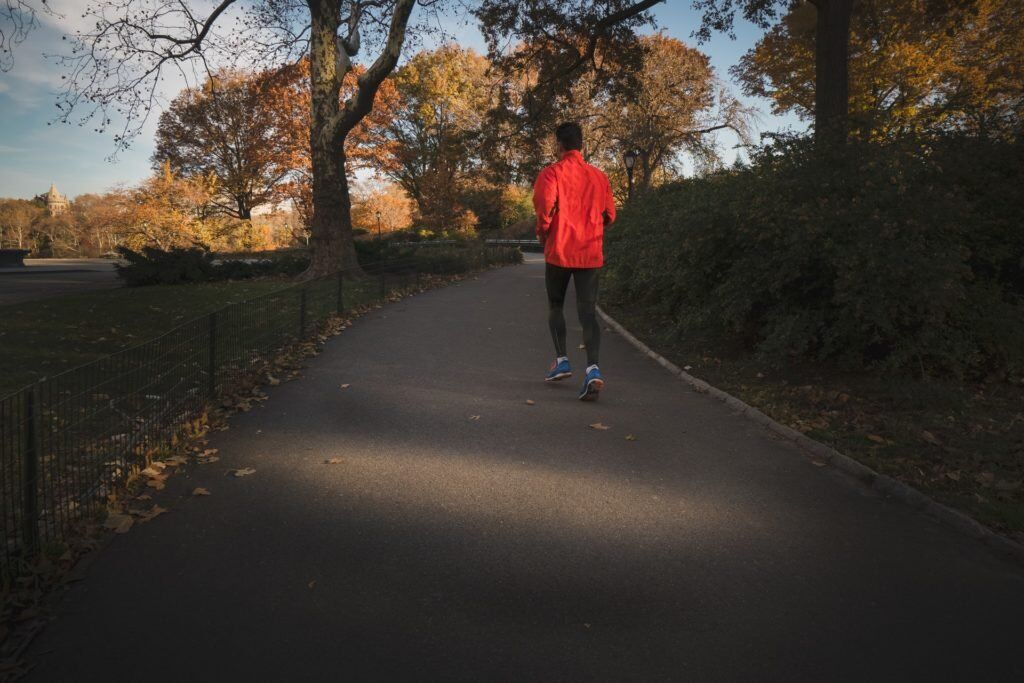
HIIT Workout or Long Distance Cardio?
You may have heard about the benefits of high intensity interval training (HIIT), but is it right for you? Could long distance cardio, also known as low intensity steady state (LISS) be a better option? In this article, we take a look at both HIIT and LISS to help you decide which one to add to your program.
What is HIIT?
High Intensity Interval Training (HIIT) is a form of exercise that involves very short bursts of maximal intensity effort, followed by very short rest periods. The most commonly followed form of HIIT is Tabata.
Here you exercise at max intensity for 20 seconds, then rest for 10 seconds. This is one cycle. You are supposed to perform 8 cycles for a total time of 4 minutes. That’s it. Nothing else. You may add a warmup and a cool down, but essentially your entire workout is finished in 4 minutes.
You may be wondering if this is effective enough for fat burning or improved fitness. Amazingly, it can be. Provided you are fit enough to train at max intensity for that length of time. Most people aren’t. Which is where the problems come.
Tabata is not the only form of HIIT available though. Another popular method is to cycle on a bike for 10 minutes at a gentle pace. Within those ten minutes though, there are three 30 second periods where you are supposed to cycle as fast as you possibly can.
There are lots of classes and training sessions out there that call themselves HIIT, but in reality, they are just regular circuit training. HIIT can’t last 30 minutes or an hour, not unless you are professional athlete standard.
 What is Long Distance Cardio (LISS)?
What is Long Distance Cardio (LISS)?
Long distance cardio is often referred to as Low Intensity Steady State (LISS). Basically, it is any form of cardio that focuses on duration and/or distance rather than intensity. A hike in the country is an example of LISS, as is a 30 minute jog. A marathon would be a bit of a grey area. Sure, technically it is long distance, and you aren’t travelling fast, but it is intense.
LISS is very popular because it is accessible to new gym goers in a way that HIIT is not. Most people can’t sprint at full pace for 30 seconds without injuring themselves or throwing up. But they can probably climb on a cross trainer for 20 minutes.
In terms of calories burned per minute, HIIT is much more effective than LISS. However, typically LISS lasts much longer, and you can actually end up burning more calories this way. Think about it, if you burn 600 calories per hour doing HIIT, but only do it for 15 minutes, then that’s just 150 calories.
Whereas if you burn 200 calories per hour on a treadmill at a jogging pace, but exercise for the full hour that’s 200 calories.
Benefits of HIIT
- High calorie burning potential
- Incredibly efficient
- Takes just 10-20 minutes
- Exciting
Benefits of LISS
- Low impact
- Accessible to everyone
- Burns more calories overall
- Builds more endurance
 Downsides of HIIT
Downsides of HIIT
- Requires high levels of fitness and mobility
- Recovery period lasts a long time
- Injury risk is high due to intense nature of exercise
Downsides of LISS
- Takes up a lot of your day
- Bad technique over time can cause injury
- Often seen as boring
Which Should You Choose?
Which form you pick really depends on what your goals are, and what your capabilities are. If you are brand new to exercise, then you should stick to long distance cardio, or better yet get started with resistance training as well as some low intensity cardio.
HIIT will be too intense for you, and you won’t be capable of training at a high enough intensity to reap the rewards. That doesn’t mean that you should avoid HIIT forever though. Build up your fitness and your mobility through LISS and resistance training, then once you feel ready (12 weeks may be enough for some, but 24 weeks for most) then dip your toe in.
Performing a 10 minute exercise bike session with three max intensity 30 second cycles is a very good start for beginners. Tabata is great for more advanced gym goers.
If you are highly fit, then you could perform either HIIT or LISS or create a program that mixes the two. You could do two LISS sessions per week, and one or two HIIT sessions.
 Final Thoughts
Final Thoughts
HIIT and LISS are often compared to each other as an either/or situation. We’ve sort of done this here, but it doesn’t have to be like that. Sure, if you are new to training then HIIT is probably ill advised. But once you’ve been training long enough it comes down to personal preference.
Some people love the intensity of HIIT, while others prefer spending a much longer time exercising at a sedate pace. This option is great for relaxing, listening to music or a podcast, and destressing. Whereas HIIT is more about excitement and intensity. Pick whichever suits you best.


 What is Long Distance Cardio (LISS)?
What is Long Distance Cardio (LISS)? Downsides of HIIT
Downsides of HIIT Final Thoughts
Final Thoughts

